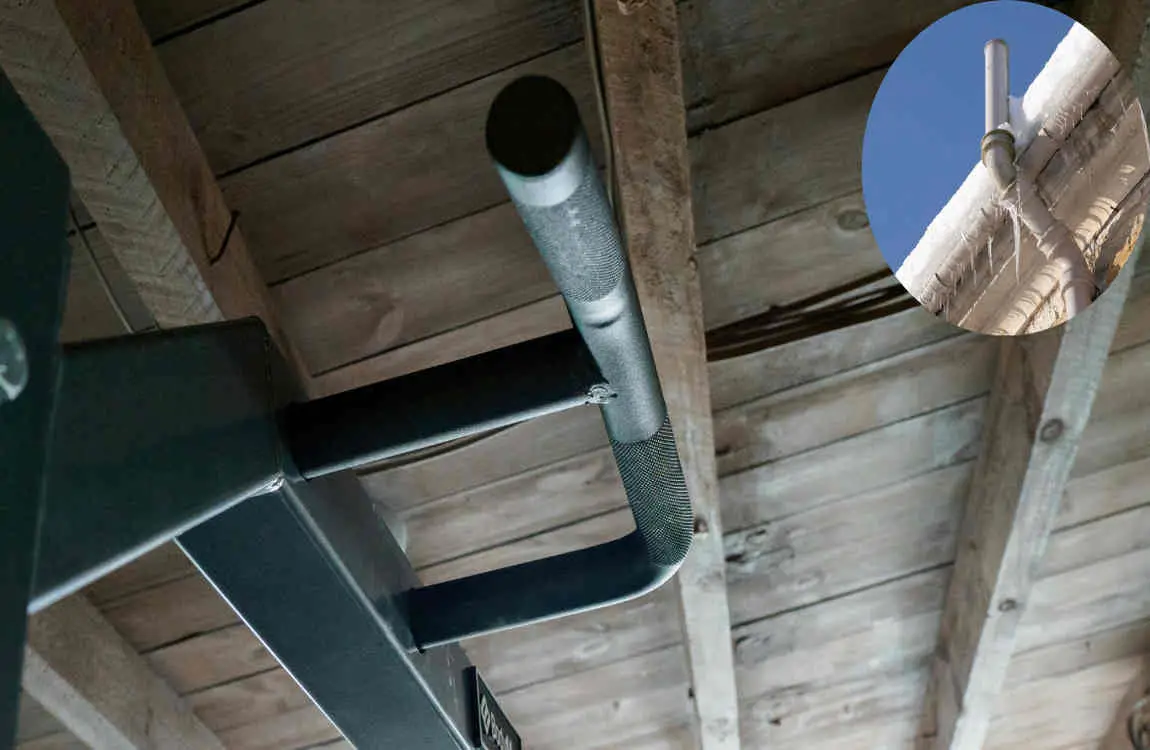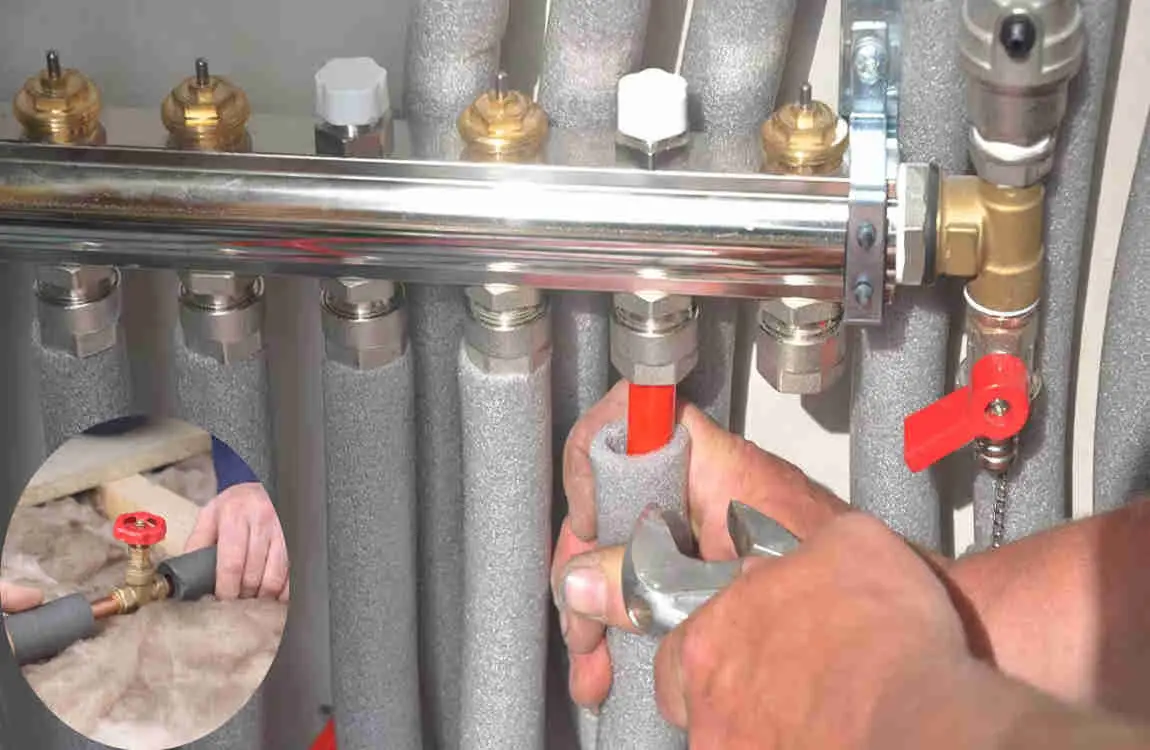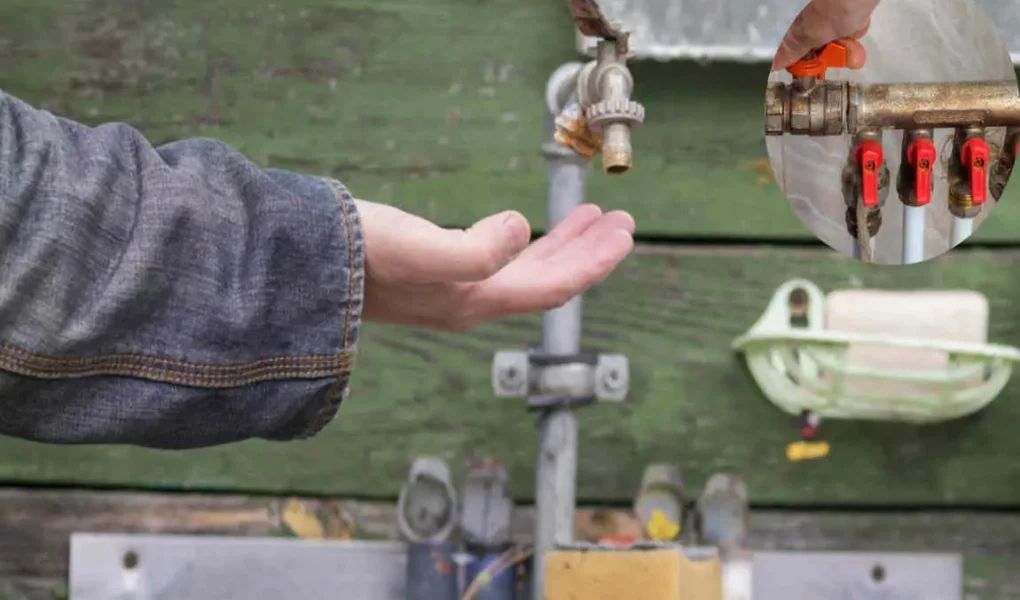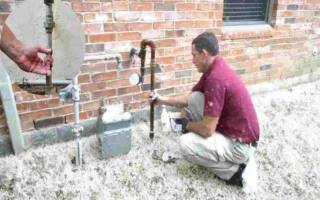Insulating pipes in a mobile home is essential to protect them from freezing and bursting during cold weather. Mobile home water pipes often run under the floor in the crawlspace, which is usually not insulated, leaving pipes vulnerable to freezing. Proper insulation using foam pipe sleeves, heat tape, or pipe wrap helps maintain pipe temperature, prevents costly damage, and ensures an uninterrupted water supply even in winter.
Understanding pipe freezing and its potential dangers

Pipe freezing occurs when the temperature of water inside pipes drops below 32 degrees Fahrenheit. As water freezes, it expands, creating immense pressure within the pipe walls. This expansion can lead to ruptures or leaks.
The dangers of frozen pipes extend beyond just inconveniences; they can cause significant property damage and costly repairs. A burst pipe may release gallons of water into your mobile home, damaging walls, flooring, and electrical systems.
Understanding these potential issues is crucial for any mobile homeowner looking to protect their investment during the winter months. Being aware and taking preventative measures can save you from the headaches that come with unexpected plumbing disasters.
Common causes of frozen pipes in mobile homes
Frozen pipes in mobile homes often stem from a few common issues. One major culprit is inadequate insulation. These homes can have areas where cold air seeps in, especially around unprotected plumbing.
You may also read (simple plumbing making it work as a homeowner).
Another issue lies with extreme temperature drops. In regions that experience sudden cold snaps, the risk of freezing increases significantly if water isn’t flowing through the pipes.
Poorly placed heating vents also contribute to this problem. When heat doesn’t circulate well in certain sections of your mobile home, those nearby pipes are subject to freezing temperatures.
During prolonged absences or vacations, homeowners often turn off their heating systems completely. This neglect allows interior temperatures to drop low enough for pipes to freeze without any preventive measures in place. Understanding these factors is essential for safeguarding against frozen pipes before winter arrives.
Preparing for colder weather: steps to prevent pipe freezing

As winter approaches, it’s crucial to take proactive steps against pipe freezing. Start by checking the insulation around your mobile home. Thin walls can lead to chilly drafts that affect pipes.
Next, let warm air circulate in areas where plumbing is located. Open cabinet doors under sinks and allow heat from your home to reach those vulnerable spots.
Consider installing heating tape on exposed pipes for extra warmth during cold snaps. This simple addition can make a significant difference.
Keeping the thermostat set consistently above 55°F helps, too. Sudden temperature drops can put unnecessary stress on your plumbing system.
Don’t forget about outdoor faucets; disconnect hoses and drain them before temperatures plummet. A little preparation goes a long way in averting costly repairs later on.
Insulating your pipes for added protection
One of the best defenses against pipe freezing is insulation. It’s an innovative and effective way to maintain warmth around your plumbing.
Start by identifying vulnerable areas in your mobile home, like unheated spaces or exterior walls. These spots are often cold enough to freeze pipes.
Foam pipe insulation sleeves are an excellent choice for wrapping exposed pipes. They fit snugly and can be easily cut to size, making installation a breeze.
Don’t forget about crawl spaces and attics; insulating these areas also helps keep the overall home temperature stable. A little preparation goes a long way in safeguarding your plumbing system from winter’s chill.
Quick fixes for unexpected freezing temperatures
When temperatures drop unexpectedly, quick action is essential. First, keep your home warm by adjusting the thermostat. A consistent temperature can prevent pipes from freezing.
Open cabinet doors under sinks to allow warmer air to circulate the plumbing. This simple step can make a significant difference in keeping pipes insulated.
Another effective method is running a trickle of water from faucets connected to vulnerable pipes. Even a small stream can help reduce pressure and prevent freezing.
If you notice any drafts near windows or doors, seal them promptly with weather stripping or towels. Every little bit helps create a barrier against the cold.
In extreme cases, consider using space heaters strategically placed around susceptible areas. Just remember to keep an eye on them for safety! These quick fixes can offer immediate relief when winter surprises you with sudden chills.
Signs of frozen pipes and what to do if they burst
Frozen pipes can be a homeowner’s worst nightmare. Recognizing the signs early can save you from extensive damage.
Look for reduced water flow when turning on faucets. If only a trickle comes out, it’s time to investigate further. Another red flag is frost or ice forming on exposed pipes; this indicates dangerously low temperatures.
If you suspect your pipe has burst, listen for sounds of running water when everything is turned off. Inspect walls and ceilings for unusual dampness or discoloration.
In case of a burst pipe, act quickly. Shut off the main water supply immediately to prevent flooding. Then contact a plumber to assess the situation and perform repairs.
Keep in mind that acting fast minimizes damage and disruption in your home environment. Remember, prevention starts before winter hits; stay proactive about your plumbing!
You may also read (how to optimize your homes water filtration system).




